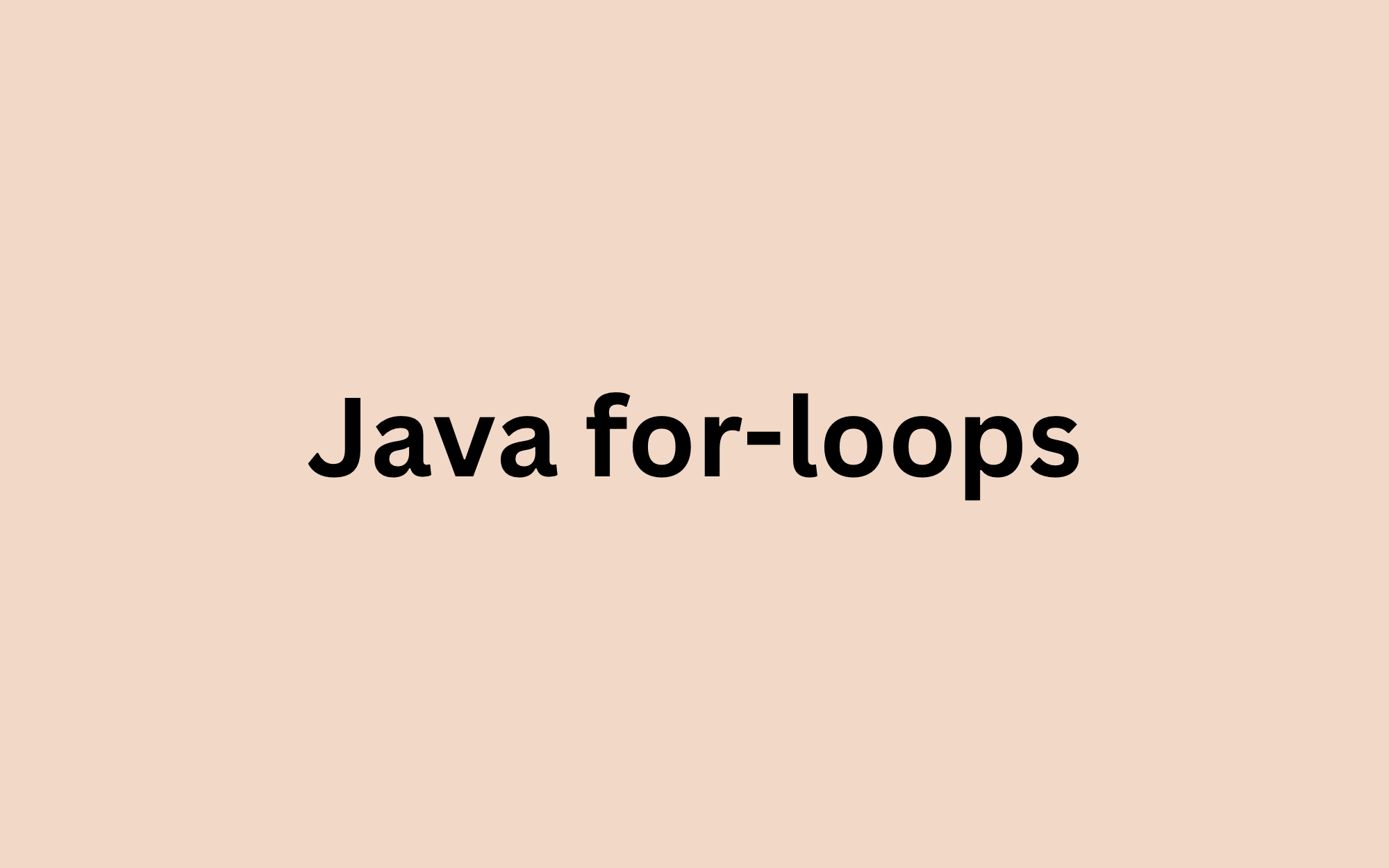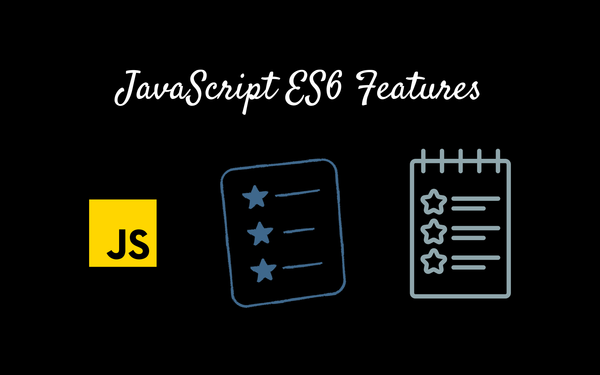Java For Loop
In Java, a for-loop is a control flow statement used to execute a block of code repeatedly for a fixed number of times or until a certain condition is met.

Introduction
In Java, a for loop is a control flow statement used to execute a block of code repeatedly for a fixed number of times or until a certain condition is met.
The for loop provides a concise way to iterate over a range of values or over the elements of an array or collection.
It is commonly used in Java programming for tasks such as iterating through arrays, processing files, generating sequences of numbers, and more.
With its flexibility and versatility, the for loop is an essential construct for any Java programmer and is often used in combination with other control flow statements such as if statements, while loops, and switch statements.
Syntax and declaration
The syntax for a for loop in Java is as follows:
for (initialization; condition; update) {
// code to be executed
}
Here is what each part of the syntax means:
initialization: This is where you initialize the loop variable. It is executed once at the beginning of the loop.condition: This is the condition that is checked at the beginning of each iteration of the loop. If the condition is true, the loop will continue to execute. If it is false, the loop will terminate.update: This is where you update the loop variable after each iteration. It is executed at the end of each iteration.code to be executed: This is the code that will be executed repeatedly as long as the condition is true.
Here's an example that demonstrates the use of a for loop to print the numbers from 1 to 10:
for (int i = 1; i <= 10; i++) {
System.out.println(i);
}
In this example, i is initialized to 1, the condition i <= 10 is checked at the beginning of each iteration, and i is incremented by 1 at the end of each iteration. The loop will execute 10 times, printing the values of i from 1 to 10.
Here are some examples of basic to advanced for loops in Java:
Basic for-loop
This is a basic for loop that simply iterates over an array of integers and prints out each element:
int[] numbers = {1, 2, 3, 4, 5};
for (int i = 0; i < numbers.length; i++) {
System.out.println(numbers[i]);
}
Enhanced for-loop
This is an enhanced for loop that iterates over an array of integers and prints out each element. It is a more concise way of writing the basic for loop:
int[] numbers = {1, 2, 3, 4, 5};
for (int number : numbers) {
System.out.println(number);
}
for-loop with multiple loop variables
This is a for loop that uses two loop variables to iterate over a two-dimensional array of integers and prints out each element:
int[][] numbers = {{1, 2}, {3, 4}, {5, 6}};
for (int i = 0, j = 0; i < numbers.length && j < numbers[i].length; i++, j++) {
System.out.println(numbers[i][j]);
}
Nested for-loop
This is a nested for loop that iterates over a two-dimensional array of integers and prints out each element:
int[][] numbers = {{1, 2}, {3, 4}, {5, 6}};
for (int i = 0; i < numbers.length; i++) {
for (int j = 0; j < numbers[i].length; j++) {
System.out.println(numbers[i][j]);
}
}
for-each loop with a break statement
This is an enhanced for-each loop that iterates over an array of integers and stops when it reaches a specific value:
int[] numbers = {1, 2, 3, 4, 5};
for (int number : numbers) {
if (number == 3) {
break;
}
System.out.println(number);
}
for-each loop with a continue statement
This is an enhanced for-each loop that iterates over an array of integers and skips a specific value:
int[] numbers = {1, 2, 3, 4, 5};
for (int number : numbers) {
if (number == 3) {
continue;
}
System.out.println(number);
}
These are just a few examples of the different ways that for loops can be used in Java. There are many other variations and ways to use them depending on the specific requirements of your program.
Conclusion
In conclusion, for loops are a powerful and versatile construct in Java programming that allows developers to iterate over a range of values, such as elements in an array or collection, or to execute a block of code a fixed number of times.
The for loop provides a concise and flexible way to control program flow and perform repetitive tasks, making it an essential tool for Java programmers.
With the ability to use multiple loop variables, nested loops, and a variety of other features, the for loop is capable of handling a wide range of programming tasks and is widely used in Java programming.
By mastering the for loop and understanding its many variations and applications, developers can become more efficient and effective in their Java programming work.




